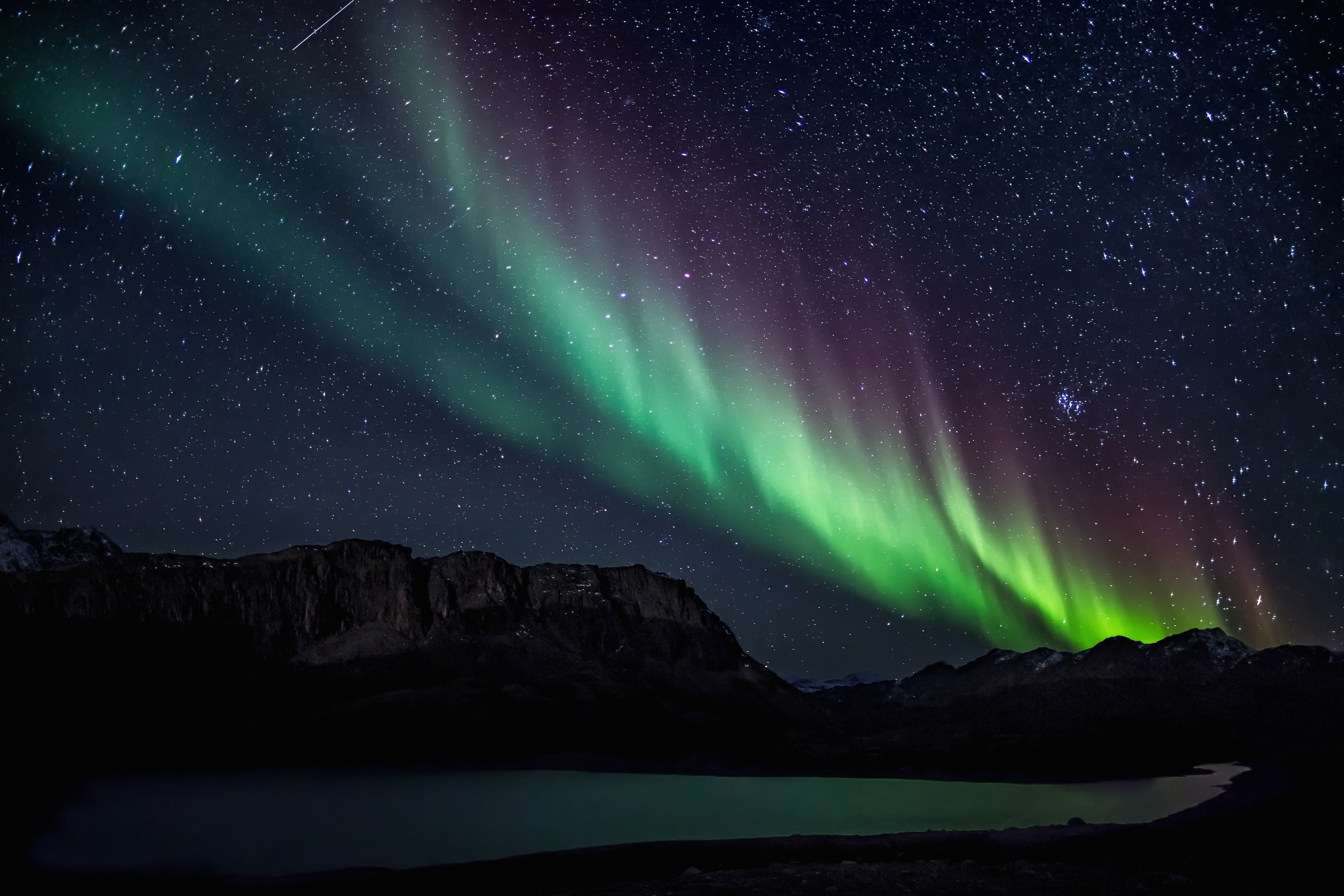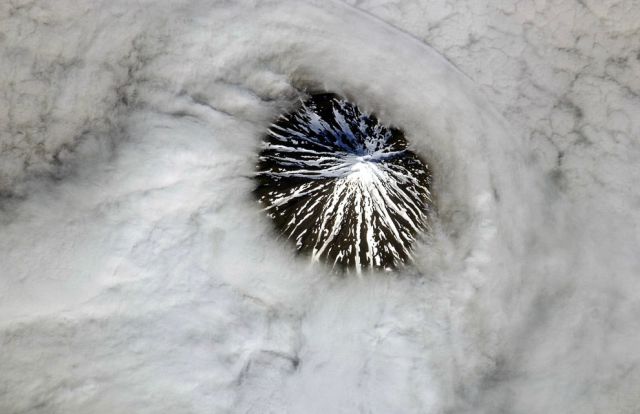

This shower is known for its fast meteors that leave long, glowing trails. Mike Lewinski via Wikimedia Commons under CC BY-SA 2.0 April 15 to May 27: Eta Aquarid meteorsĪn Eta Aquarid meteor lights up the sky at dawn. Lie flat on your back with your feet facing east and look up at the sky, NASA recommends. Observers are usually able to see about 18 meteors per hour in a clear, dark sky, though on very rare occasions, the Lyrids can surprise viewers with as many as 100 meteors in an hour.įor the best stargazing, find a dark area between moonset and sunrise. This year’s shower will peak on the night of April 22, and the viewing conditions will be favorable-the waxing crescent moon will only be 6 percent illuminated, Dobrijevic writes. This is one of the oldest recorded showers, with observations dating back to 687 B.C.E., writes Daisy Dobrijevic for. The Lyrids originate from the comet Thatcher, which orbits the sun about every 415 years. Meteor showers occur when the Earth passes through debris left behind from comets and asteroids, which is why they occur at around the same time each year. April 15 to April 29: Lyrid meteor showerĪ Lyrid meteor streaks across the sky over the Anza-Borrego Desert in California.

Look west-southwest at dusk to see the two planets together. Though the two will appear relatively close, they are actually millions of miles apart. You should be able to see both with your bare eyes, though you can also see them in the same field of view with even the tiniest backyard telescope, writes National Geographic’s Andrew Fazekas. Conjunctions occur fairly frequently and have “no profound astronomical significance, but they are nice to view,” according to NASA.ĭuring the first few months of the year, the two brightest planets will begin to converge in the southwestern sky, and on March 1, they will reach their closest points to each other. In astronomy, a conjunction occurs when a planet appears close to a moon, another planet or a star. March 1: Venus-Jupiter conjunctionĪn illustration of the Jupiter-Venus conjunction in Huntsville, Alabama, at 6 a.m. The comet has a distinctive green color and faint long tail. Stargazers in the Northern Hemisphere may be able to spot the comet in the morning sky in the northwest during January, while those in the Southern Hemisphere should keep an eye out starting in early February. While the brightness of comets can be unpredictable, this one may be visible to the naked eye under dark skies, though those with binoculars or a telescope will have a better chance of seeing it. In early February, the comet C/2022 E3 will travel within about 26.4 million miles of our planet-the closest it’s been to Earth since Homo sapiens began settling in Europe and Asia from Africa, according to KTLA’s Eric Henrikson and Cameron Kiszla. February 2: Comet C/2022 E3 comes close to Earth To help you plan your nights out in 2023, we’ve compiled a list of the ten biggest celestial events of the year. To watch these and other phenomena, all you’ll need is a dark location, weather-appropriate gear and occasionally a set of binoculars. This year promises another amazing set of celestial events, including dark skies for the two most anticipated meteor showers: the Perseids and the Geminids. Stargazers in the United States saw two total lunar eclipses, a spectacular “ring of fire” solar eclipse and a rare alignment of the planets Mercury, Venus, Mars, Jupiter and Saturn. Last year was an excellent one for amateur astronomers.


 0 kommentar(er)
0 kommentar(er)
